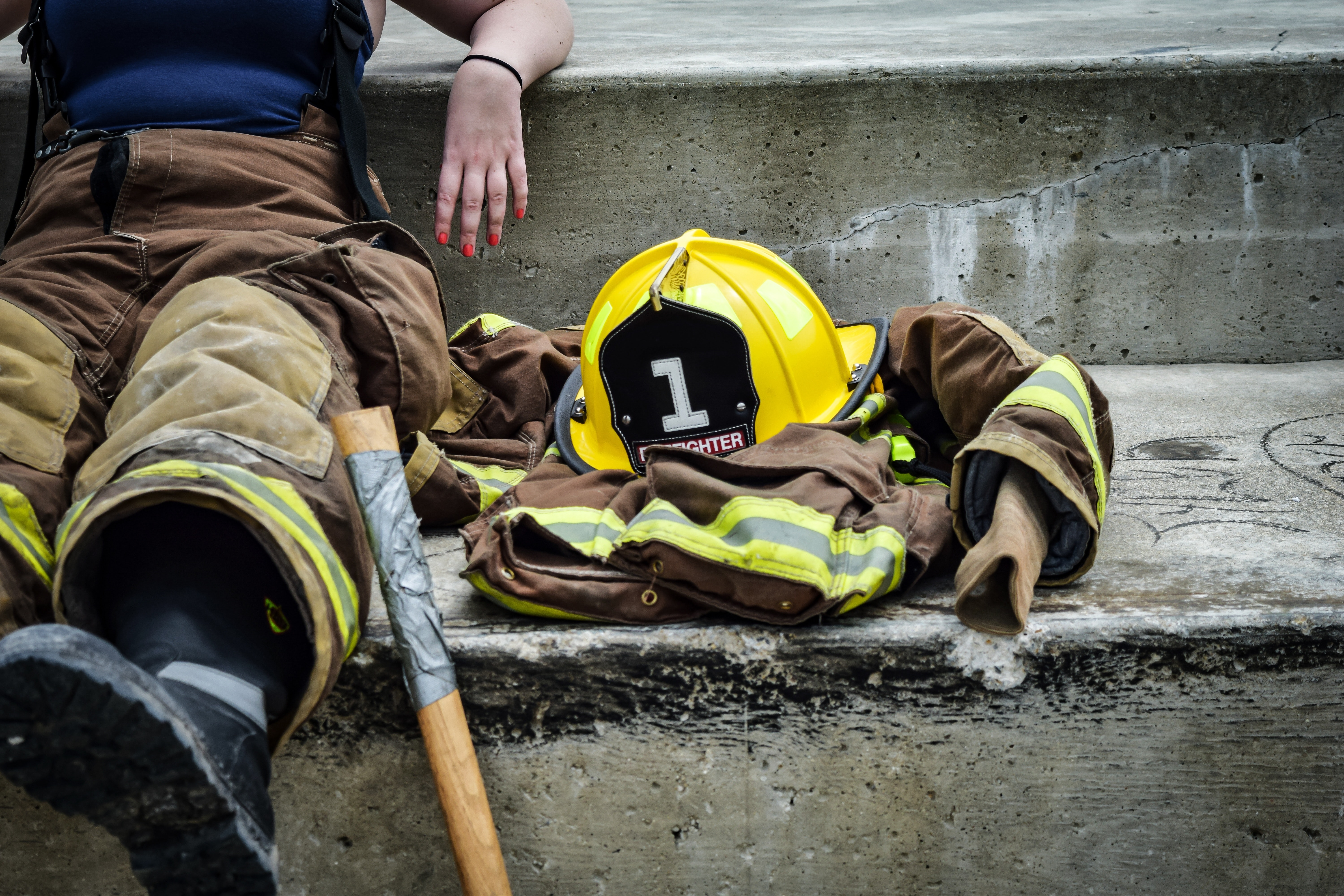
Fire, rescue and EMS organizations are utilizing mobile devices and apps like never before, gaining access to real-time data that significantly improves incident readiness, coordination of resources and the safety of first responders.
En route to an incident, mobile devices provide firefighters access to critical data, including the locations of other attending vehicles and fire hydrants, floor plans, and building occupancy, directly via computer aided dispatch (CAD) solutions. Firefighters can also look up information to assist in hazardous materials responses, such as chemical identification and properties, firefighting procedures, medical procedures and evacuation zones. Incident commanders can use mobile devices to monitor self-contained breathing apparatus (SCBA) in real time to determine how much breathing air remains in the tanks of firefighters inside a working structure fire. Smartphones and tablets also enable on-scene digital incident management to coordinate the resources of personnel and apparatus, and this information can be monitored locally and remotely.
When there is pending severe weather, mobile technology can deliver weather alerts and warnings, as well as access to radar maps. Hurricane and earthquake tracking can also be achieved over a mobile device, complete with severity and location data. Smartphones are also being used as field devices to enter property damage assessment information that can be shared as needed into a geospatial layer following tornadoes, hurricanes, earthquakes and major flooding. Drone video streaming and sensor data can improve situational awareness of an incident, something that is particularly valuable in unusual situations like the unexpected and tragic volcanic fissures and lava flow in Hawaii.
Mobile accelerates the delivery of medical advice
EMTs can use mobile devices to confer by video directly with doctors in the emergency room, which is especially important for life-threatening injuries that occur in rural areas or at a significant distance from medical centers.
Triage at major incidents such as an active shooter situation can provide live telemetry for biometrics such as heart rate, respiration, cardiac rhythm, blood pressure and more. Mobile solutions can also allow for EMS to dynamically position ambulances to best meet demand and response time requirements based on current traffic conditions. Volunteer agencies can utilize this technology to identify who is able to respond, when they are responding, their location and their anticipated time of arrival.
Empowering first responders with mobile
Given these broad capabilities, smartphones, tablets and smartwatches are quickly becoming mission-critical tools for firefighters and EMTs. The convergence of reliable LTE broadband, apps and mobile devices is truly transforming public safety communications.
To maximize the benefit they derive from mobile devices and applications, forward-thinking agencies are re-evaluating their policies, procedures and investment in communications technology.
Most fire and emergency services today still take a Bring Your Own Device (BYOD) approach when it comes to smartphone technology, especially for volunteers. While having first responders use their personal mobile devices may be appropriate in some instances, it also poses potential issues when it comes to security, device management and application compatibility. At minimum, agencies should put in place a clear BYOD policy outlining acceptable usage, setting out minimum device requirements and mandating basic security practices, such as the use of PINs, passwords and biometrics. Fire and EMS services may also consider providing a mobile connectivity stipend to first responders to compensate them for personal device usage, while setting eligibility requirements such as choosing from an approved device list or installing a mobile device management client.
Increasingly, fire and EMS organizations are choosing to take a more proactive approach, shifting their IT budget to the acquisition of mobile devices and applications for their workforce. Creating a multiyear mobile roadmap allows agencies to phase their transition over several years, starting by issuing tablets or smartphones to those in supervisory positions and gradually adding new capabilities. Developing a mobile roadmap should start by looking at what kinds of information and data is being communicated today and by whom, what capabilities can be achieved in the short-term and what the desired state is that the department is working towards over the next three to five years.
Keeping up with mobile innovation
The pace of innovation in the mobile space is rapid. Smartphones such as Samsung’s next-gen Galaxy S10 pack power and performance that exceeds most laptops, with advanced biometric authentication technology to secure the device. With Samsung DeX, first responders can use a Galaxy S10 to extend their phone to a desktop computing environment too.
Ruggedized mobile devices are also emerging to meet the needs of workers who operate in tough environments. Tablets such as the Galaxy Tab Active2 are tested to meet military standards, surviving 21 different environmental criteria including drops, blowing rain, temperature shock and salt fog.
Mobile security and management have come a long way in the past decade too. Smartphones and tablets can provide a highly secure platform for accessing public safety data, including patient information that is subject to HIPAA requirements. Samsung smartphones and tablets feature the Knox platform, a defense-grade security framework that is built into the device hardware right down to the chip. A secure device combined with effective mobile device management (MDM) keeps data safe even if the device falls into the wrong hands.
For fire and EMT services, the opportunities to leverage mobile technology to improve communications, operational capabilities and safety are enormous. Most first responder organizations today are just beginning to explore these possibilities. Together, the right mobile strategy, the right technology and the right partners can make a meaningful impact.